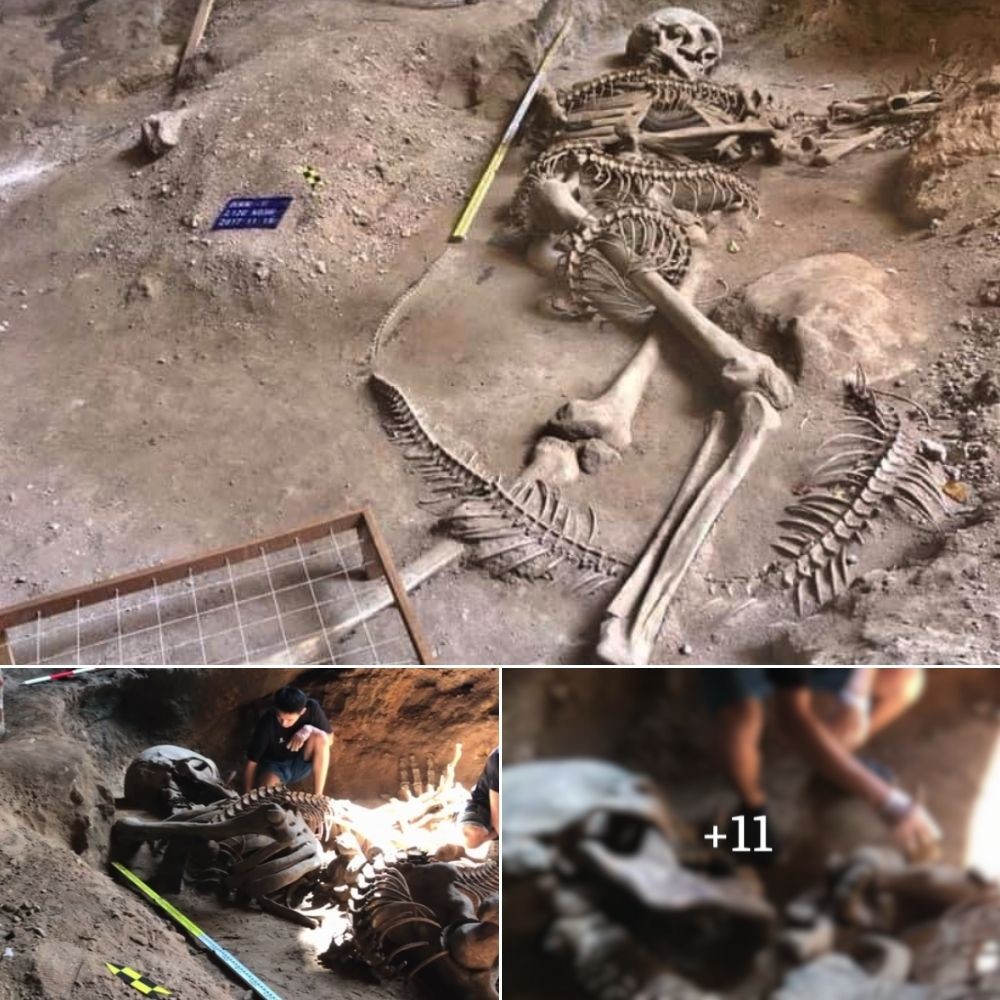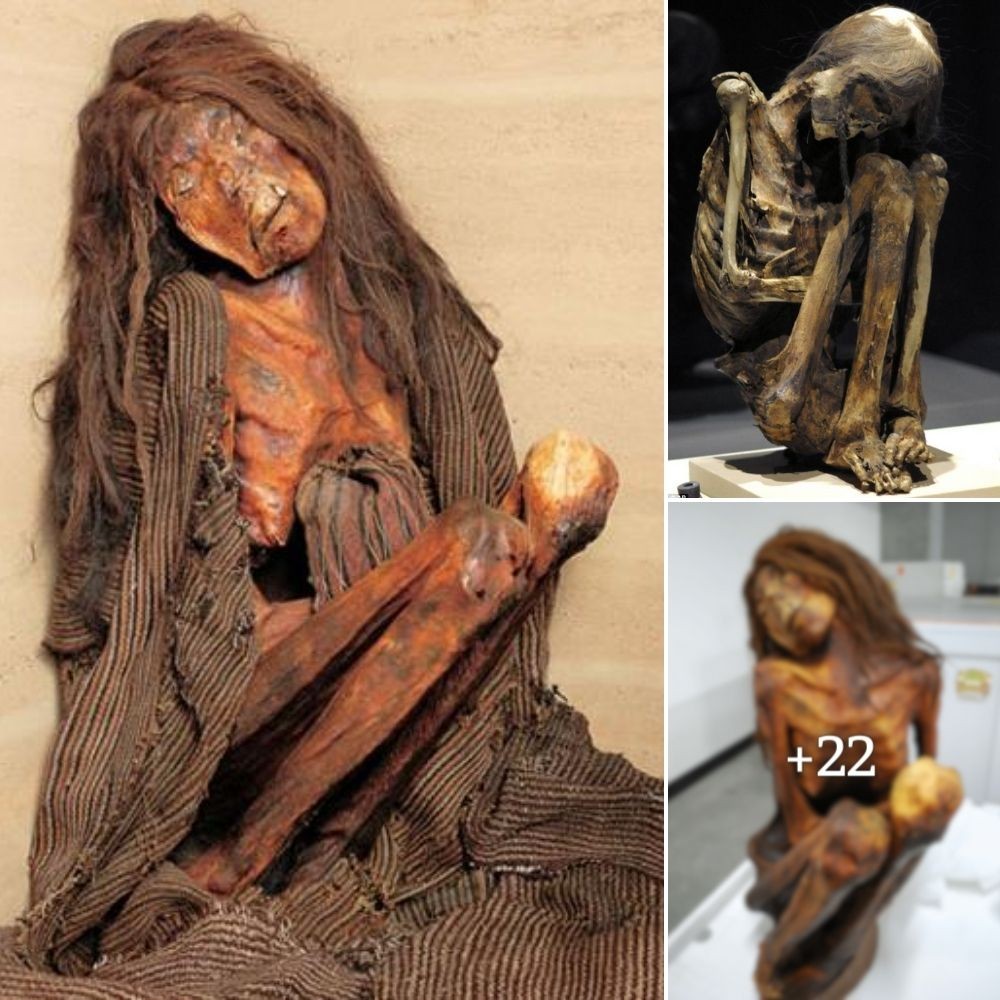Over the last few years, studies have suggested that a Bronze Age teen ‘priestess’ and an elite ‘queen-like’ woman found in Jutland, Denmark were travelers who journeyed to their final resting places from faraway lands. However, a new study claims that the well-known Egtved Girl and Skrydstrup Woman were actually homebodies and not the globetrotters they were previously presented as.
 Initial Findings on the Movement of the Bronze Age Teens Known as the Skrydstrup Woman and Egtved Girl
Initial Findings on the Movement of the Bronze Age Teens Known as the Skrydstrup Woman and Egtved Girl
In 2017 , researchers were studying the Skrydstrup woman’s remains to determine exactly where in Europe she came from. Possibilities included Germany, the Czech Republic , France, or Sweden.
“We can’t say with 100 per cent certainty where she [the Skrydstrup woman] came from, and we may never be able to, but she definitely wasn’t Danish. It gives us so many new perspectives. Now we know that Egtved Girl was not an isolated case,” archaeologist Karin Frei of the National Museum of Denmark told ScienceNordic at the time.
Their results suggested she is not the only far traveler to be found in Jutland, an area that shows evidence of Bronze Age wealth for its residents. The Egtved girl, who died around age 16 to 18, also came from far away, according the amount of strontium in her bones and teeth recorded in a 2015 study .
Comparing the Lives of the Skydstrup Woman and Egtved Girl

The Skydstrup woman’s remains were found in 1935. She is thought to have arrived in Skydstrup at age 13 or 14. She and the Egtved girl, who was found not far from Skydstrup, were buried in oak coffins in burial mounds , which the ScienceNordic article says was how the elites were laid to rest.
The stories of the two women do diverge somewhat. While the Skydstrup woman is believed to have made just one long journey and then stayed there in Jutland, the Egtved girl apparently traveled a lot and was in Egtved only a few months before she died. She was buried with two men nearby, a further indication of her high status.
Neither of the teens had indications in their bones of a long illness. They seemed healthy and probably wanted for nothing, which prompts Dr. Frei and others to ᴀssume they were overtaken by a lethal infection , such as influenza. Any disease would have shown up in blood, but time and decay eliminated the blood in their bodies long ago.
Dr. Frei said the Skrydstrup woman probably cut an impressive figure at about 170 centimeters (5 feet 6 inches), with her hair piled on top of her head, adding about 10 cm (4 inches) to her stature. Her body was dressed in embroidered clothes, and gold hoop earrings adorned her ears.
“I see a very elegant woman. A queen-like figure. I’ve no doubt that when she came in through the door, people thought ‘wow’,” Frei told ScienceNordic.
The Egtved girl’s remains were found in 1921 in what is now a peat bog . Strontium isotope analysis on Egtved Girl’s molars, hair, and fingernails, combined with examination of her distinctive woolen clothing, ʀᴇvᴇᴀʟᴇᴅ she was born and raised hundreds of miles from her burial site in Egtved, in modern Denmark. Their findings suggest she likely came from The Black Forest of southwest Germany and traveled between the two locations via ship frequently in the last two years of her life.

Questioning the Story of the Bronze Age Teen Travelers
But controversy has arisen over these suggestions of the well-traveled Bronze Age maidens. Now, a new study, conducted by researchers in the Department of Geoscience, Aarhus University, Denmark, believes that the strontium isotope samples used in those past studies on the Bronze Age teens were likely contaminated by modern agricultural lime, skewing the results.
Strontium is an element that absorbs into teeth, bones and hair from food and water. Scientists can examine the different isotopes of strontium in human remains and compare them to known amounts of the element from around Europe, in this case, to determine where the two women had lived.
But when the Aarhus University researchers conducted their own study and applied isotopic values without the agricultural lime isotopes, they found “the strontium data presented in the new study show that these two women could have obtained their strontium isotopic signatures within 10 km of their burial mounds, and do not indicate any cause to suspect that the women came from afar or traveled great distances during their lifetimes.”
Study co-researcher Rasmus Andreasen stressed the importance of having a ‘clean’ sample to Live Science, saying “Using strontium [isotopes] to trace prehistoric people should therefore be done with great care and a good understanding of the land use. Otherwise, you can end up with wrong conclusions.”
The researchers also noted that this is not likely to be an isolated mistake when examining isotopes for ancient mobility:
“the effects of agricultural lime on the strontium isotopic composition demonstrated here is not isolated to this study’s field areas in western Denmark but is likely to occur worldwide in arable areas with non-calcareous soils. The use of agricultural lime is ubiquitous in farming on less fertile soils to provide calcium for the plants and adjust soil acidity. Thus, many studies using strontium isotopes for provenance and mobility studies in these farmed low-calcareous areas may well need revision, and researchers should use care when sampling in these areas for such studies, in the future.”

But There May be More to Consider
However, Karin Frei and Robert Frei, the researchers who worked on both of the studies tracing the origins of the Egtved Girl and the Skrydstrup Woman, maintain that their results are accurate. They told Live Science, “Overall, there is nothing in the study from Aarhus which changes our interpretation: That the two women from the Bronze Age came from afar. In addition, other recent European studies, based on, among others, ancient DNA and strontium isotope investigations, also point to a high degree of mobility of humans in Bronze Age Europe .”
Karin Frei also told Live Science that the current study has provided an “over-simplified” interpretation. And Robert Frei explained to the same source that research which will be published soon on 1,200 soil samples from all over Europe shows “no statistical difference between the bioavailable strontium isotope composition in soils from agricultural and non-agricultural land.”





